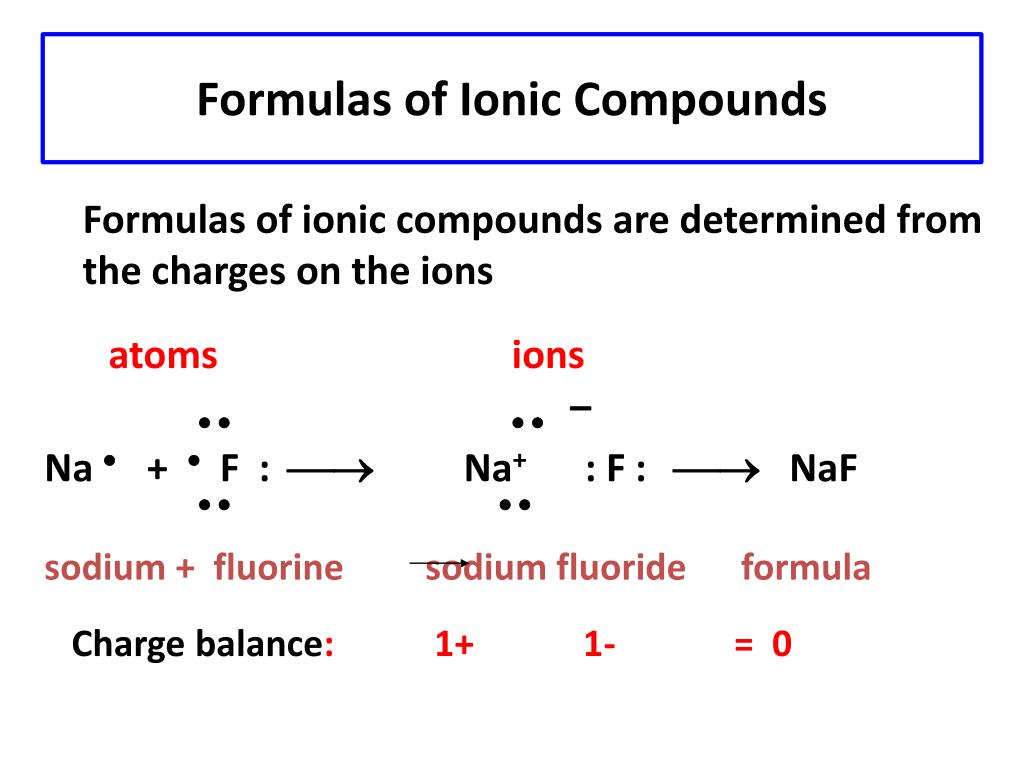
On the other hand neon, the noble gas, immediately preceding it in the periodic table, requires 2081 kJ/mol or 21.56 eV/atom. Electron configuration of Strontium is Kr 5s2. Electron Configuration and Oxidation States of Strontium.
Ionization energy increases across a row on the periodic maximum for the noble gases which have closed shells.įor example, sodium requires only 496 kJ/mol or 5.14 eV/atom to ionize it. Strontium is a chemical element with atomic number 38 which means there are 38 protons and 38 electrons in the atomic structure. Ionization energy is lowest for the alkali metals which have a single electron outside a closed shell. Therefore the electronegativity is greatest at the top-right of the periodic table and decreases toward the bottom-left. Elements with high ionization energies have high electronegativities due to the strong pull exerted by the positive nucleus on the negative electrons. Electrons with low ionization energies have low electronegativities because their nuclei do not exert a strong attractive force on electrons. Ionization energy is is related with electronegativity and electron affinity. In general, the ionization energy increases moving up a group and moving left to right across a period. Helps to understand reactivity of elements (especially metals, which lose electrons). For example, only 7.38 eV is required to remove the outermost electron from a lead atom, while 88,000 eV is required to remove the innermost electron. This strontium ion (Sr 2+) has thirty-eight protons, fifty neutrons, and thirty-six electrons. Sr 2e Sr 2+ Here, the electron configuration of strontium ion (Sr 2+) is 1s 2 2s 2 2p 6 3s 2 3p 6 3d 10 4s 2 4p 6. Some of these electrons are more tightly bound in the atom than others. In this case, the strontium atom carries a positive charge. The electrons that circle the nucleus move in fairly well-defined orbits. There is an ionization energy for each successive electron removed. 
The nth ionization energy refers to the amount of energy required to remove an electron from the species with a charge of ( n-1). The ionization energy associated with removal of the first electron is most commonly used. Where X is any atom or molecule capable of being ionized, X + is that atom or molecule with an electron removed (positive ion), and e − is the removed electron.Ī Strontium atom, for example, requires the following ionization energy to remove the outermost electron. Ionization energy, also called ionization potential, is the energy necessary to remove an electron from the neutral atom.


First Ionization Energy of Strontium is 5.6948 eV.







 0 kommentar(er)
0 kommentar(er)
